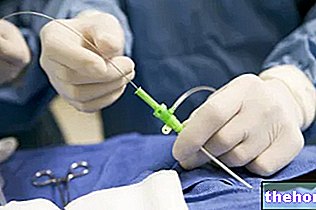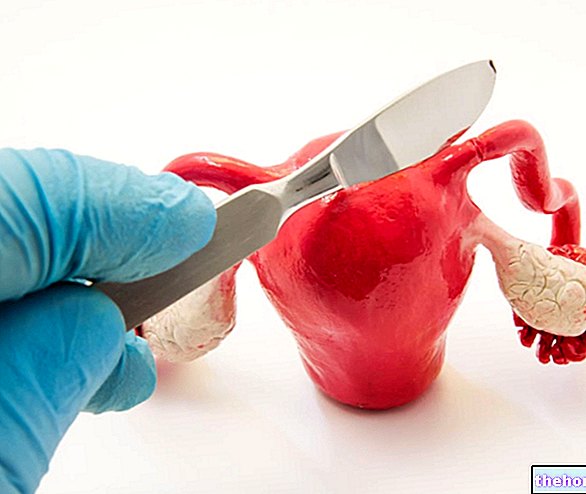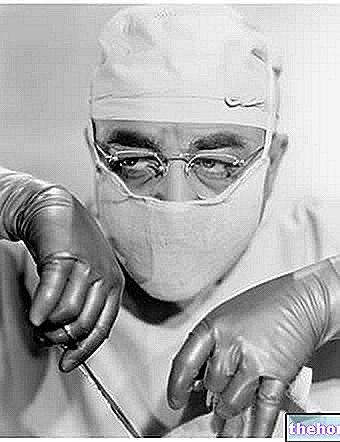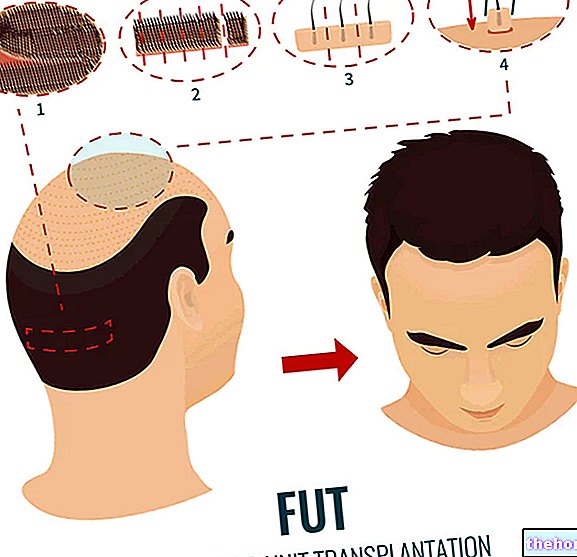Edited by Dr. Carlo Ratto
Coloproctologist Surgeon, Polyclinic Surgical Clinic, Gemelli University - Rome
The THD method is a surgical treatment of haemorrhoidal pathology, an alternative to traditional surgical techniques. Developed in Italy since the early 2000s, the THD method (literally Transanal Hemorrhoidal Dearterialization) has found favor with the medical community. The scientific bibliography in this regard is extensive and the findings on thousands of patients suffering from haemorrhoidal disease, even severe, treated with the THD method, are positive.
The THD method is an alternative surgical procedure to the traditional excision of hemorrhoids: the classic technique, in fact, constitutes a trauma for the complex physiology of the anorectal canal and for the patient, who are faced with complications and intense postoperative pain. On the other hand, the THD method is a minimally invasive approach with a significant reduction in post-operative pain.
.jpg)
The dearterialization, that is the identification and selective ligation of the terminal branches of the superior rectal artery, and the mucopexy, that is the repositioning of the bearings in their natural anatomical seat, allow the patient to restore normal physiology and a rapid postoperative recovery. In fact, it is widely documented that, like traditional haemorrhoidectomy and prolassectomy with PPH, the THD method represents an effective surgical treatment also for muco-haemorrhoidal prolapse, a peculiar symptom of the most advanced stages of the disease.
Because no tissue is cut or removed, postoperative pain is mild, bearable, or completely absent, and complications are rare, limited, and easily resolved. This allows the operation to be performed in a day-surgery regime, with any type of anesthesia.
In the postoperative period it is not necessary to perform special medical therapies, but a diet rich in liquids (two liters per day) and fiber is recommended, to favor evacuations with not very compact stools, eliminating the trauma of the same on the anal canal. The return to normal activities takes an average of 2-5 days.
Thanks to its limited invasiveness, the THD method can also be applied to patients with serious diseases (such as heart and kidney dysfunctions, diabetes, etc.) or already operated with another surgical method. The restoration of normal anatomy, after a few months from the operation, does not compromise the possibility of performing other operations on the anal canal and rectum, nor does sexual activity and habits of life such as, for example, the use of a bicycle or race.
When the symptoms of haemorrhoidal disease appear, I always recommend that you immediately contact your general practitioner or proctologist surgeon to undergo an early diagnosis and receive indications for an effective and suitable therapy for your condition.
Bibliography
C. Ratto et al., Evaluation of Transanal Hemorrhoidal Dearterialization as a Minimally Invasive Therapeutic Approach to Hemorrhoids, Dis. Colon Rectum 2010; 53: 803-811
S. Festen et al., Treatment of grade III and IV haemorrhoidal disease with PPH or THD. A randomized trial on postoperative complications and short-term results, Int J Colorectal Dis 2009; 24: 1401-1405
A. Infantino et al., Transanal Haemorrhoidal Artery Echodoppler Ligation and Anopexy (THD) is effective for II and III degree haemorrhoids: a prospective multicentric study, Colorectal Disease 2010; 12: 804-809
R. Cantero et al., Doppler-guided transanal haemorrhoidal dearterialisation. An alternative
treatment for haemorrhoids, Cirugia Espanola 2008; 83: 252-5




























